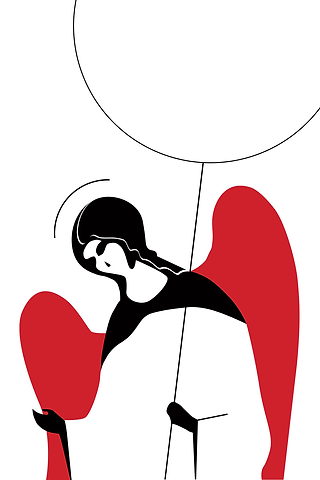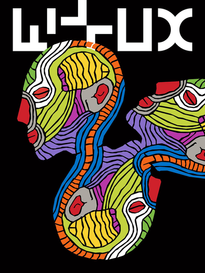
Imagine: once upon a time there was a wonderful country with beautiful streets, theaters and museums. People there wrote books and shot movies, went to concerts and drank something strong, read magazines and ate chocolate, saved money and prayed.
But that country is no more. Why? A natural disaster? A violent epidemic? Rather, a senseless war, an economic crisis and a social catastrophe. Or maybe all the citizens just left the country. Or perhaps it still exists, but it has cut off all external ties, so no matter what – for the rest of the world it’s not there anymore.
But a culture cannot disappear without a trace. It will surely leave texts in an incomprehensible language, posters of performances that we will never see, bottles of drinks that we will have no chance to try, and shiny covers of other experiences that are inaccessible to us.
Artist and designer Boris Kazachkov invites you to imagine what would the artifacts of such a ‘canceled culture’ look like, to look beyond the mysterious images and see the life that gave birth to them, and to ask yourselves what we will leave to archaeologists, whether the bearers of other cultures will understand us and, most importantly, whether they will want to do that.


Apparently, in that country people loved to read. Was there a proverb that says don't judge a book by its cover? Did all the publications reach us, or did this country destroy some of the books itself?
Most likely that alcohol played a significant role in the culture of that country.
What did drink they to from these bottles? What did they consider to be the main toast?
What did they argue about over a shot? What grief was flooded and what joy was washed away?



Evidently, people in that country liked to gather at concerts, festivals and fairs. Maybe even at exhibitions. What experience did they value the most? Or was the joy of meeting each other more important to them?


What place did religion occupy in the life of that country? What was that – a formal tribute to tradition or sincere faith and a living system of values? What did they pray for in front of these icons?


There is no chocolate in these wrappers, and we will never know if it contained raisins, nuts, milk, childhood memories, romantic intentions, and simple gratitude.
There is a hypothesis that people in that country sought to be modern and correspond to fashion both externally and internally: both in face, and clothes, and soul, and thoughts. What was trending when it all came to an end? And will any of that be relevant again?


























